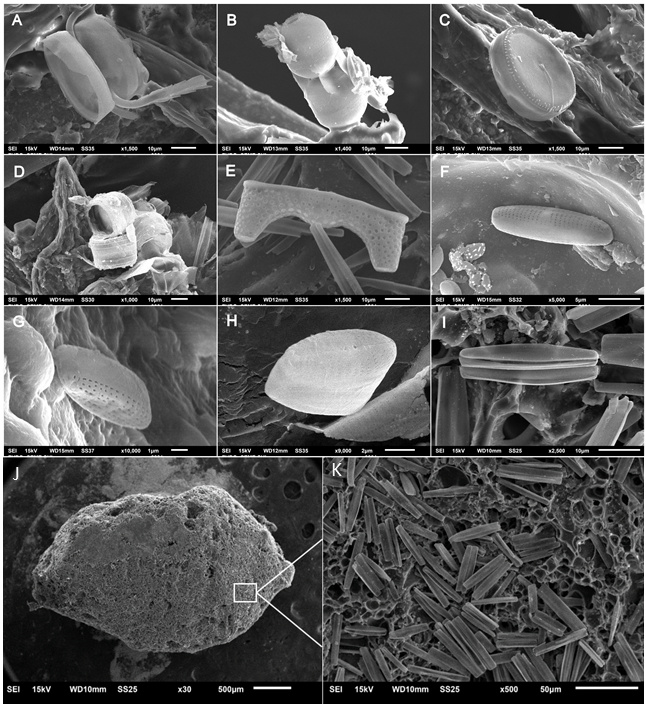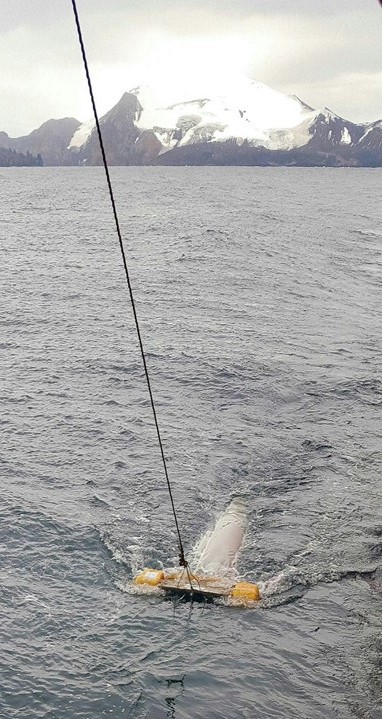A recently stdudy published in Nature's Scientifc Reports, authored by Ana Luzia de F. Lacerda, a FURG's PhD student in Biological Oceanography, e quantify and characterize plastic debris in oceanic surface waters of the Antarctic Peninsula. Mean debris concentration was estimated at 1,794 items.km-2 with an average weight of 27.8 g.km- , with items of different formats (fragments, lines and spheres), sizes (meso and microplastics) and chemical composition ( nylon, polyurethane and polyethylene). An oceanographic dispersal model showed that, for at least seven years, sampled plastics likely did not originate from latitudes lower than 58°S, which means that the plastics collected in this study were predominantly from local sources (animation available at: Figshare_dispersal_model__plastics_in_Antarctic_ / 7000580). However, the authors do not rule out the possibility of transporting these polymers from other regions by means of marine currents.
In addition to the characterization of plastics, the organisms that form the biofilm on the surface of these materials, now known as "Plastisphere", have also been identified, since plastics act as an artificial substrate for the development of adhered communities and them. In the Antarctic Plastisphere, for example, different species of microalgae, bacterial colonies and invertebrates were identified. The authors also highlighted the contamination of paint fragments in the region, possibly coming from vessels and nautical apparatus, which may have similar impacts to those of plastics in the oceans.
|
Foto 1: Diatomáceas encontradas na Plastifera |
Foto 2: Rede manta operando para coleta de plásticos em águas marinhas superficiais no entorno de Península Antártica. Fonte: Projeto Lixo Marinho-FURG. |
E-mail: analuzialacerda@gmail.com



